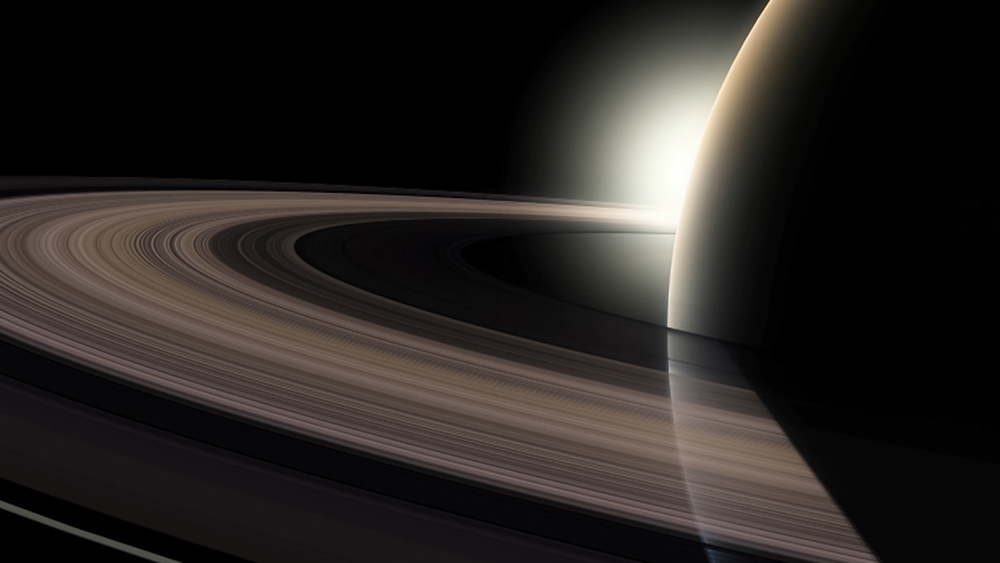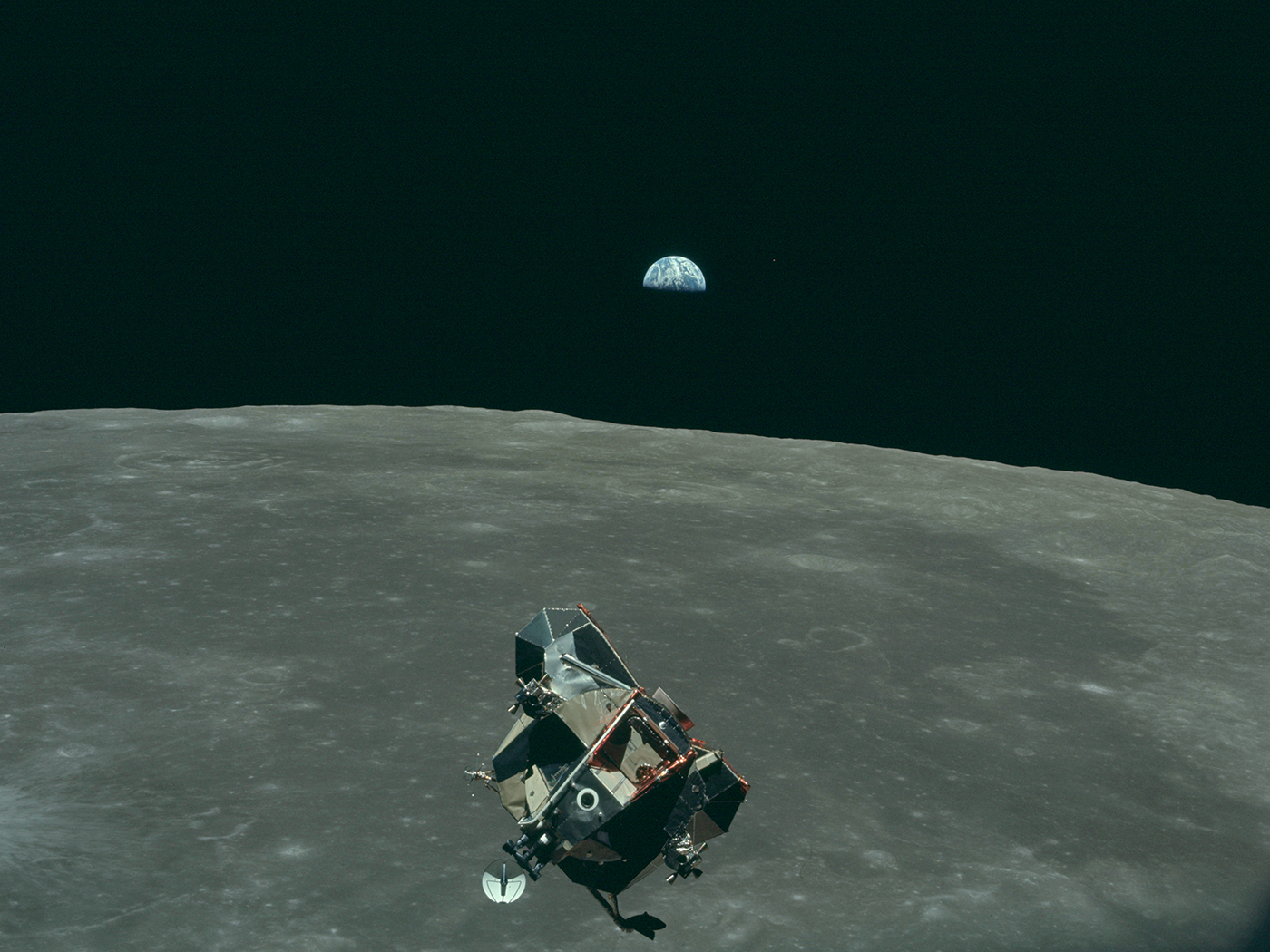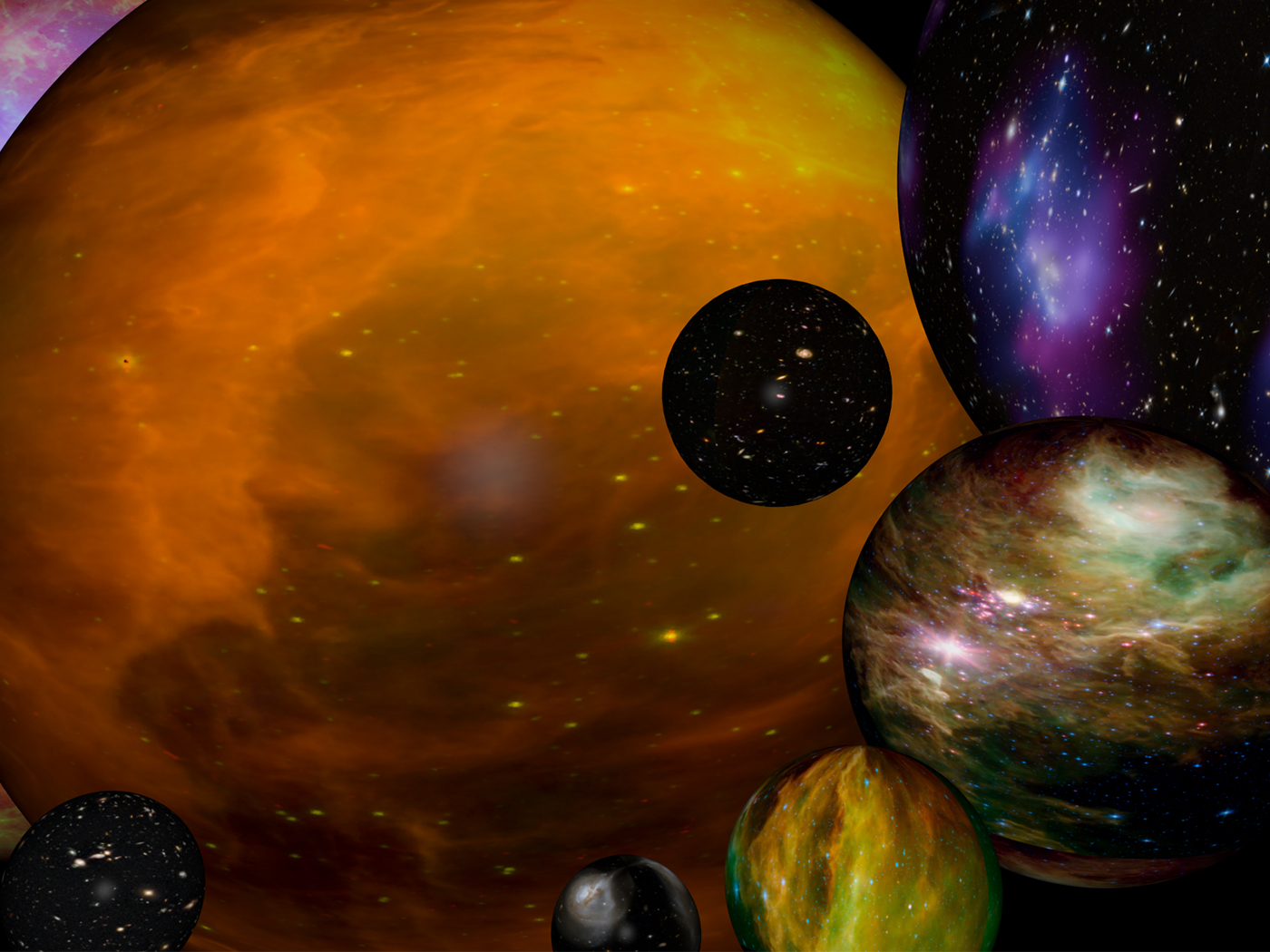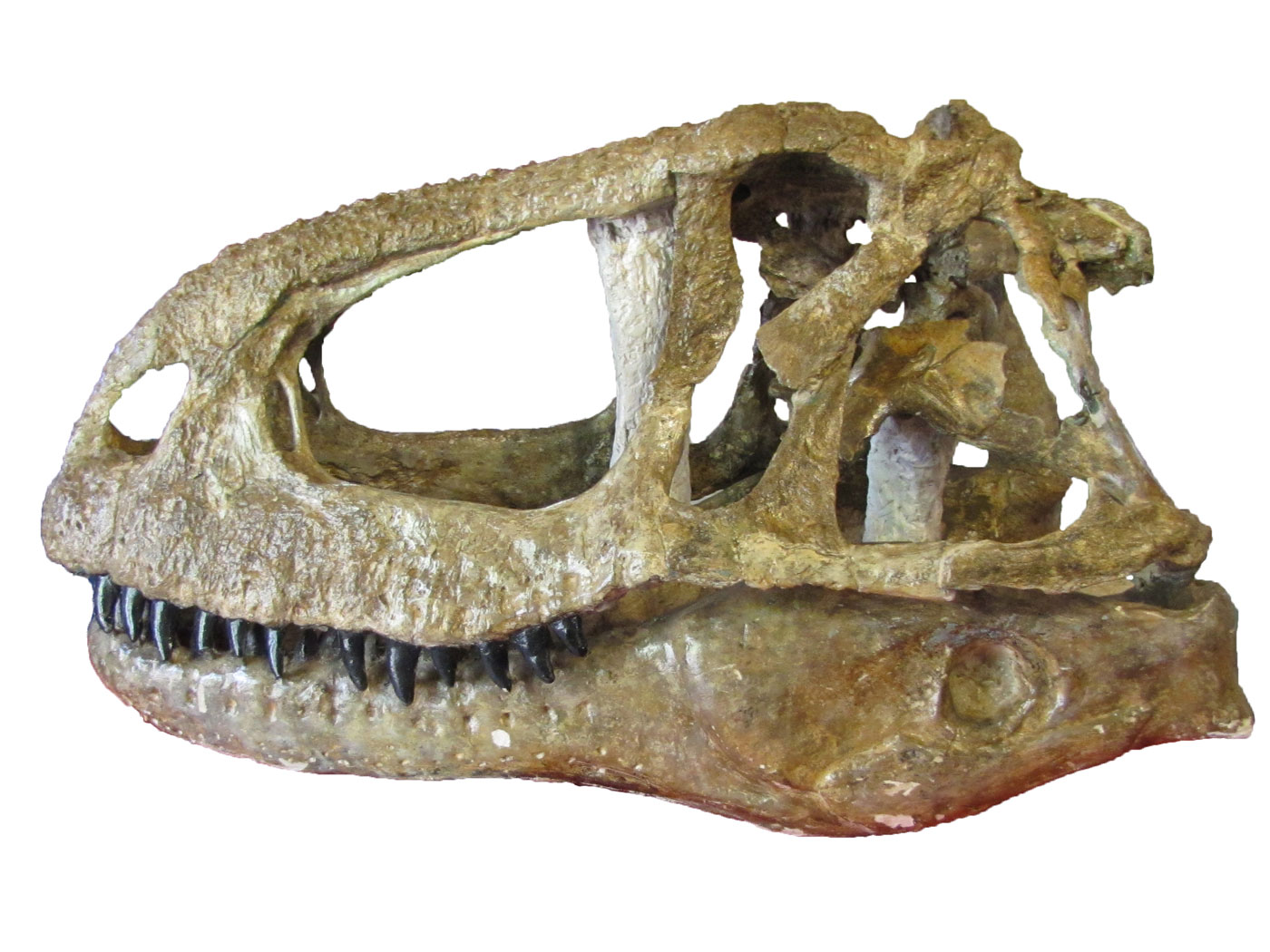Saturn’s gravity keeps vacuuming up its own stunning rings. NASA scientists have estimated how fast this process happens. The rings lose six Olympic-sized swimming pools-worth of material every hour according to new results from NASA’s Goddard Space Flight Center.1 For this and other reasons, scientists have concluded that the rings are unlikely to be more than 100 million years old. These rings look young, forcing scientists who believe the planet formed billions of years ago to rearrange stories of the rings’ origins.1,2
James O’Donoghue of NASA’s Goddard Space Flight Center told NASA that at the current rate of material loss “the rings have less than 100 million years to live. This is relatively short, compared to Saturn’s age of over 4 billion years.”1 He was the lead author of a report in Icarus that revealed data collected from the Keck telescope on Mauna Kea, Hawaii.3 The loss rate comes from scientific measurements, but Saturn’s age assignment comes from secular theories of planet formation.
Some of Saturn’s icy ring material falls in the form of charged water particles known as ring rain. And this rain keeps falling. The NASA team also found evidence that plumes4 from the south pole of Saturn’s warm moon Enceladus5 drain water that eventually falls to Saturn’s surface.
The study offers a ring rain water loss rate range of between 432 and 2,870 kg/sec (952 to 6,327 lb/sec).3 These rates are so high that, even if one assumes that Saturn’s less dense C ring once had the same mass as is currently possessed by Saturn’s more massive B ring, it would only take 100 million years for the C ring to dwindle away to its current mass and density.1 Thus, astronomers who refuse to include creation in their origins scenarios must write a story of how natural processes constructed Saturn’s rings long after the planet itself formed. Good luck, nature.
Saturn’s B ring is dense and massive. One scenario has Saturn somehow capturing a comet to make it. Nobody has ever seen a planet capture a comet. The imaginary comet would have to make a precision landing into exactly the same wafer-thin, circular orbit as Saturn’s other rings. Even a moon-sized comet—or having an icy moon to begin with—would have too little mass to build Saturn’s huge B ring.6
When the going gets tough for uniformitarian scenarios, storytellers appeal to non-uniform processes. One group from the University of Colorado in Boulder suggested in 2007 that the big B ring decays at a much slower rate than other rings.6 That way, the B ring can have lasted for four billion years while A and C rings added themselves much later. But this just creates new difficulties.
For example, what evidence suggests that the B ring came from an ancient icy moon? The only reason to tell such a story is to rescue young-looking rings from the ravages of imagined billion-year-histories. In other words, it uses billions of years as the very reason why the B ring supposedly eroded more slowly than the others. That’s not science. It’s circular reasoning. Good science would allow young-looking planetary features to open questions about billions-of-years dogma. Good science digs deeper.
Finally, Enceladus orbits farther away than the B ring. Yet Saturn sucks water ice from Enceladus’ surface.7 Why should anyone believe that the ice that makes up the B ring has somehow resisted Saturn’s gravity for billions of years while ice from Enceladus leapfrogs the B ring on its way down?
The Bible’s account of a recent creation would solve all of the uniformitarians’ struggles to explain Saturn’s youthful features. ![]()
Secular concepts of Saturn’s origins will continue to generate difficulties. The Bible’s account of a recent creation would solve all of the uniformitarians’ struggles to explain Saturn’s youthful features, including racing ring rain rates.7
References
1. NASA Research Reveals Saturn is Losing Its Rings at “Worst-Case-Scenario” Rate. Posted on nasa.gov December 17, 2018, accessed December 17, 2018.
2. Hebert, J. Secular Scientists Dumbfounded by Saturn's Young Rings. Creation Science Update. Posted on ICR.org January 8, 2018, accessed December 19, 2018.
3. O’Donoghue, J., et al. Observations of the chemical and thermal response of ‘ring rain’ on Saturn’s ionosphere. Icarus. Published online before print, November 6, 2018.
4. Thomas, B. Solar System Geysers—Each a Fountain of Youth. Creation Science Update. Posted on ICR.org August 8, 2014, accessed November 17, 2018.
5. Thomas, B. Heat of Saturn Moon Far Surpasses Long-age Expectations. Creation Science Update. Posted on ICR.org March 21, 2011, accessed November 17, 2018.
6. Evidence for a primordial origin of Saturn’s rings. Laboratory for Atmospheric and Space Physics. University of Colorado Boulder Press Release. Posted on lasp.colorado.edu October 15, 2007, accessed November 17, 2018.
7. Annotated image of Saturn’s rings and moons. Hubble Space Telescope. Posted on spacetelescope.org February 24, 2009.
8. Coppedge, D. 2008. Rescuing Ring Ages. Acts & Facts. 37 (10): 15.
Brian Thomas is Science Writer at the Institute for Creation Research.























